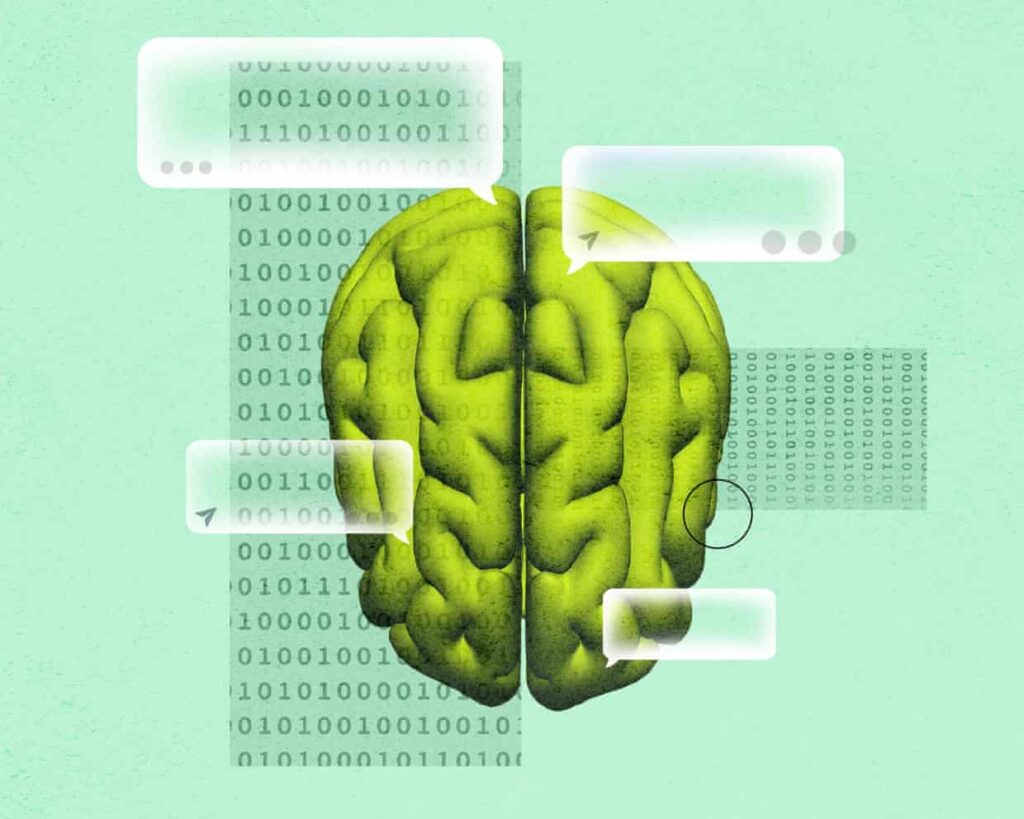
The Australian health system is increasingly integrating artificial intelligence (AI) tools, notably chatbots, into home care services. A recent trial involving a chatbot named Aida has captured the attention of many, including participants like Peta Rolls, a 79-year-old who has been using the service through St Vincent’s for the past four months. Initially skeptical, Rolls found the AI’s daily check-in calls remarkable, stating, “I was so overtaken by how responsive she was. It was impressive for a robot.”
During these calls, Aida engages with clients, asking about their well-being and daily activities, which fosters a sense of connection. “If I say I’m going shopping, she’d respond with ‘nice shopping or food shopping?’ I found it entertaining,” Rolls remarked. This technology aims not only to enhance social interaction but also to help clients log health issues for follow-up by staff.
AI Assists Healthcare Providers
The trial, which has completed its initial phase, showcases how AI can alleviate administrative burdens within the healthcare sector. Dean Jones, national director of St Vincent’s At Home, clarified that Aida does not replace face-to-face meetings, as clients still receive weekly visits. Instead, the AI facilitates daily check-ins that can escalate concerns to healthcare professionals or family members if needed.
Dr Tina Campbell, managing director of Healthily, noted that there have been no adverse incidents reported during the trial. The company employs AI with robust guidelines to ensure safety and effectiveness. For urgent situations, such as a client experiencing chest pains, the system alerts the care team immediately.
Campbell emphasized that AI serves an essential role amid significant workforce challenges in healthcare. “Technology like this can reduce the admin burden on the workforce so qualified health professionals can focus on doing the job that they’re trained to do,” she said.
AI’s Long History in Healthcare
The use of AI in healthcare is not a recent development, according to Prof Enrico Coiera, founder of the Australian Alliance for Artificial Intelligence in Healthcare. He explained that earlier forms of AI have been integral in various back-office functions, such as interpreting medical images and test results.
Prof Coiera elaborated that any computer program making decisions can be classified as AI. Over the past decade, more advanced AI techniques, particularly deep learning, have enhanced diagnostic capabilities, especially in medical imaging. For instance, in November, BreastScreen NSW became the first population-based screening program in Australia to implement machine reading technology for mammography image interpretation.
Research from the Murdoch Children’s Research Institute in Melbourne has taken AI a step further. Collaborating with researchers from UCL London, they developed AI methods to detect epilepsy-related brain abnormalities from MRI images. This research, published in the journal Epilepsia, revealed that their AI tool could detect lesions in 94% of cases previously missed in over half of the patients.
Dr Emma Macdonald-Laurs, a neurologist leading the study, highlighted that while the AI can identify abnormalities swiftly, the final medical decisions remain with specialists. She stated, “It makes it a lot quicker to get to the answers.”
Prof Mark Cook, who was not involved in the research, praised the AI’s potential to enhance early and accurate diagnoses, ultimately improving surgical outcomes for patients with difficult-to-treat epilepsy.
Transforming Disease Detection and Patient Care
AI’s capabilities extend beyond diagnostics. Dr Stefan Buttigieg, vice-president of the European Public Health Association’s digital health and artificial intelligence section, discussed how deep neural networks can help monitor and predict disease outbreaks. He cited Blue Dot, a company that was among the first to identify the Covid-19 outbreak.
Generative AI, a subset of deep learning, is being adopted in various healthcare applications, such as the AI voice bot from Healthily and AI scribes that assist doctors during consultations. Dr Michael Wright, president of the Royal Australian College of GPs, noted that these scribes improve doctor-patient interactions by documenting consultations efficiently.
Dr Danielle McMullen, president of the Australian Medical Association, echoed these sentiments, suggesting that AI has the potential to streamline processes and reduce unnecessary tests, provided the digitization of health records is implemented effectively.
Looking ahead, Buttigieg stressed the promise of AI in delivering personalized healthcare solutions. “For many years, healthcare was delivered using one-size-fits-all tools, but now we are looking towards refined solutions that cater to individual patient needs,” he concluded.
The integration of AI in Australia’s health system marks a significant shift in how care is delivered, aiming to enhance both patient experience and operational efficiency. As these technologies evolve, they hold the potential to redefine healthcare practices in profound ways.







